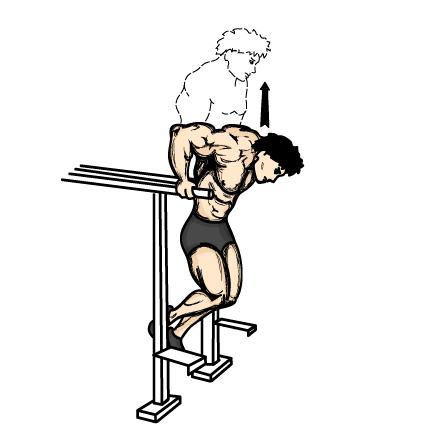How to Perform a Perfect Dip

Doing the perfect dip is all about maintaining the right form. While most beginners think doing more repetitions or adding too much weight would help them out, the truth is it will not. Doing a few proper repetitions is always better than doing it the wrong way with added weights.
In addition, it should be noted here that there are several variations of dips but for beginners it is always recommended to go for the standard ones. You cannot jump to the advanced levels when you have not mastered the basic position.
Instructions
-
1
Position yourself against the parallel dip bar. You need to make sure once you are up, your entire body is in the right position.
-
2
Hold the bar and make a short jump to reach up. You can alternatively use a bench to be up on the bar.
-
3
Keep your legs crossed and not straight.
-
4
Make sure you keep your abs tight and not loose.
-
5
Now, once you are up, you need to get in the right form. Your elbows should be tucked inside as much possible. You should be looking straight ahead in the mirror and your arms should be straight.
-
6
Slowly lower yourself to the extent where your upper arms are parallel to the ground. This is your base position.
-
7
Now, push yourself back up until your arms are completely straight. Do not lock your elbows.
-
8
In order to work out the depth of your chest, try keeping our chest out as much possible. Do not let your elbows loose as this will only take off pressure from your triceps and chest and place it on your shoulders.
-
9
To work out your triceps, try using the mind-muscle technique here. Concentrate on your triceps throughout the motion.
-
10
To keep your shoulders safe from injury, do not go too low. When your upper arms are parallel to the floor, hit back up instead of going low. The perception that the lower you go the more your triceps are hit is false.







